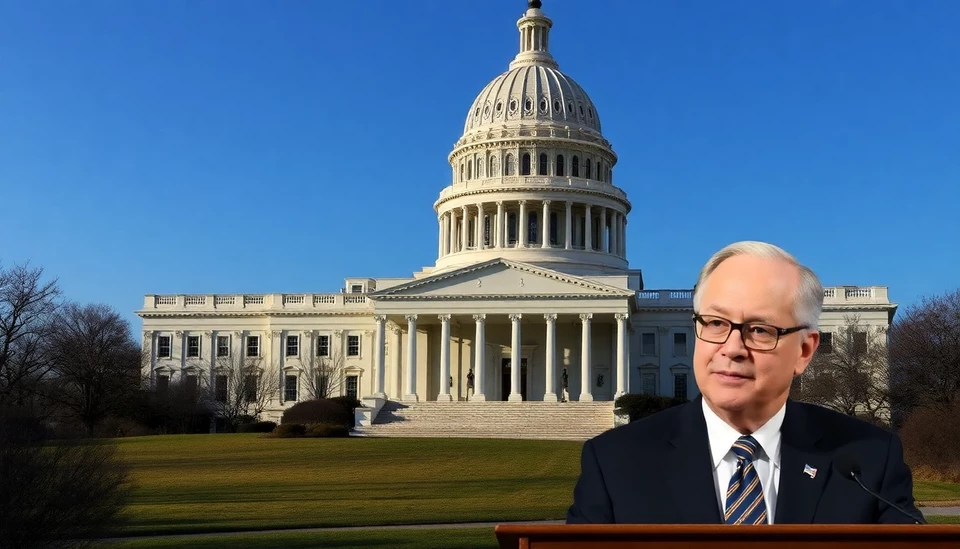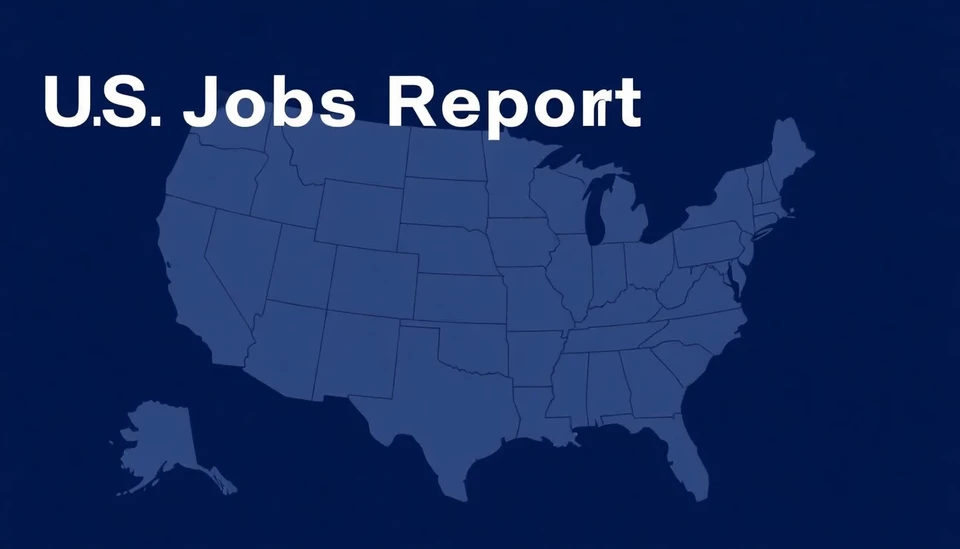
The labor market displayed both resilience and signs of cooling in the recently released March jobs report, unveiling a complex picture of the U.S. economy as it continues to grapple with inflation and shifting monetary policies. According to the report published on April 4, 2025, the U.S. economy added a modest 200,000 jobs last month, which fell short of analysts' expectations. Economists had anticipated a more robust increase in employment following a series of aggressive interest rate hikes by the Federal Reserve in an effort to combat persistent inflation. The unemployment rate held steady at 3.6%, indicating stability in the job market, but the slight downturn in job creation suggests that employers may be growing more cautious in an uncertain economic climate.
Market reactions to this jobs report were swift, with traders weighing the implications for future monetary policy. U.S. stock markets opened mixed, reflecting investor concerns about the implications of slower job growth on consumer spending, which is a cornerstone of the economy. Analysts noted that while job creation remains positive, the reduced pace compared to previous months signals potential economic deceleration, prompting the Federal Reserve to reassess its aggressive stance on interest rate hikes.
Compounding the situation, Federal Reserve Chairman Jerome Powell addressed the public shortly after the jobs report was released, emphasizing that the central bank would continue to monitor economic indicators closely. Powell reiterated his commitment to controlling inflation but acknowledged that the labor market's softness could lead to a more cautious approach in future policymaking. His remarks aimed to reassure investors that the Fed is adaptable and responsive to changing economic conditions, however, they also sparked concerns about whether the central bank may be preparing to pivot away from its previous aggressive rate-hiking strategy.
Markets interpreted Powell's speech as a signal that the Fed might shift towards a more accommodative monetary policy if labor market conditions continue to weaken. This potential shift could provide much-needed support for economic growth, particularly for industries that are sensitive to interest rate fluctuations, such as housing and consumer services. However, the challenge remains to balance this accommodation with the ongoing fight against inflation, which has been a primary concern for the Federal Reserve over the past year.
As the market digests the implications of the March jobs report and Powell's comments, analysts and investors are left contemplating the next moves by the Federal Reserve. The focus now shifts toward upcoming economic indicators, which will further inform the central bank's decisions in the months ahead. The delicate dance between fostering economic growth and maintaining price stability will continue to be a central theme as policymakers navigate this tumultuous landscape.
In summary, while the March jobs report shows ongoing job growth, the below-expectation figures paired with Powell's cautious outlook on economic policies indicate that the U.S. economy may be entering a new phase — one that requires careful navigation through both growth opportunities and potential pitfalls.
#USJobs #FederalReserve #PowellSpeech #Economy #Inflation #MarketReaction #JobGrowth #EconomicIndicators
Author: Daniel Foster




